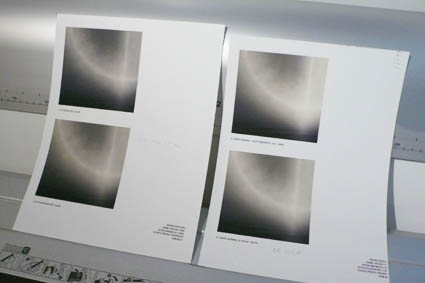

–
Proofing is an essential part of making the finest prints possible.
While color management and softproofing get you 90% of the way there, there are all kinds of things you still need to check in hardcopy – materials, ink limit, sharpening to name a few. Every time I print an image, I create a BAT (a final proof) that I archive for future reference. The next time I print the same image the BAT tells me how I got the best results the last time it was printed. That then becomes a starting point for future improvements. Combine advancing technology (printers, ink, substrates) and good color management / proofing practices and you’ll find your print quality will constantly evolve.
Do you proof? What kinds of things do you routinely proof?
Check out my DVD 6 Simple Steps to Good Color Management here.
Check out my DVD The Art of Proofing here.
Check out my Proofing downloads here.
Find out about my digital printing workshop series The Fine Digital Print here.


George Stark
15.09.2008 at 23:39Slightly off topic but I had to ask…
Your discussion of soft proofing made me wonder if you ever use Lightroom 2.0 to print your fine art prints?
I’m guessing that you primarily rely upon Photoshop for its softproofing and fine tuning ability?
Once you have fine tuned your master file in Photoshop would you ever consider output to the printer from Lightroom or does the lack of being able to softproof from within Lightroom keep you in Photoshop?
George
johnpaulcaponigro
16.09.2008 at 01:22Lightroom is a great printing software.
Great contact sheets.
Great for positioning on the sheet.
Great for batch printing multiple prints.
Great for batch printing multiple images at the same time.
So I fine tune a file in Photoshop and then import that file into Lightroom, creating a final print database.
The weak link is having to do subsequent proofing should conditions change. So keep the layered psd file for future tweaks/imports.